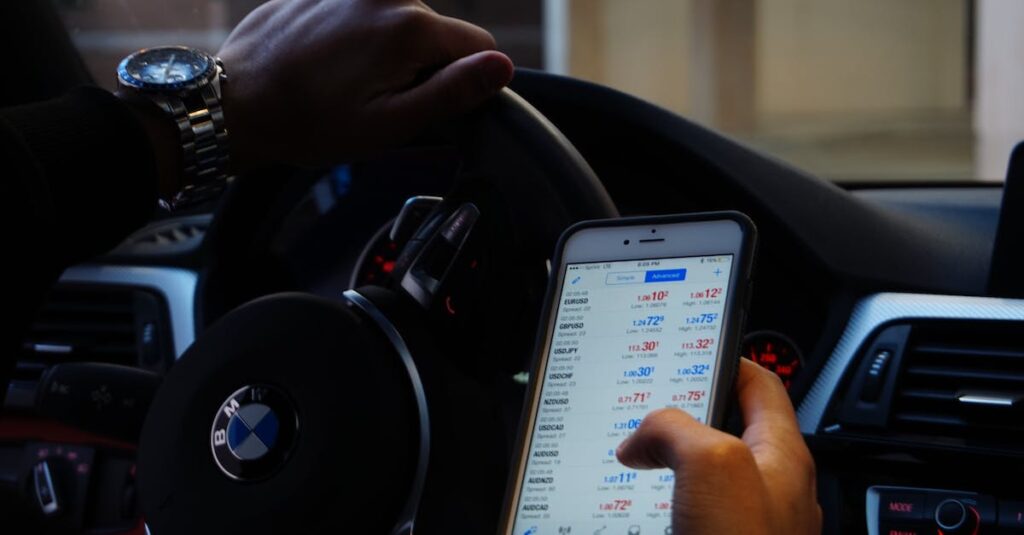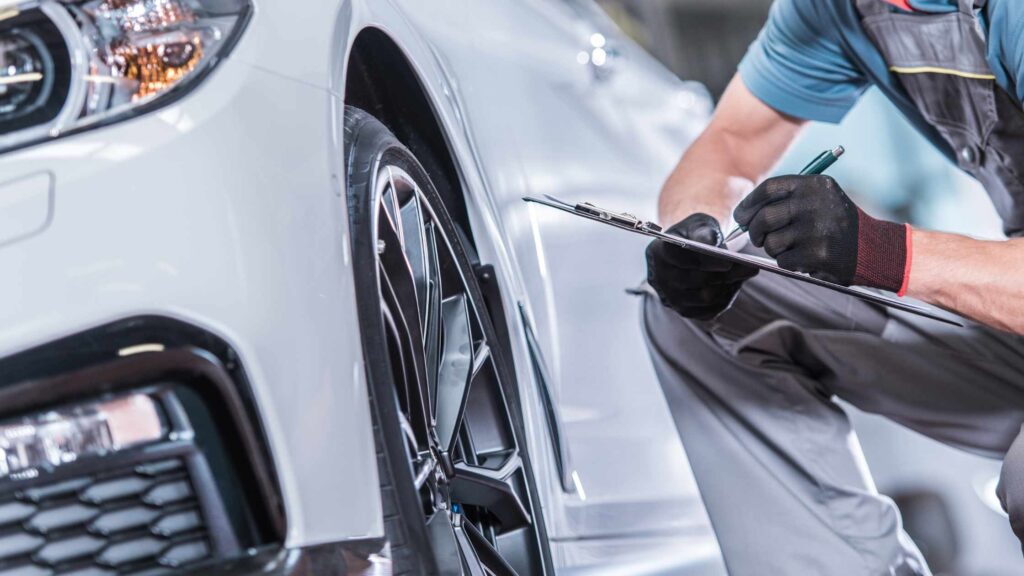Introduction
Are you planning to trade in your old car for a new one? Trading in a car can be a convenient and hassle-free way to upgrade your vehicle. However, it’s important to know the dos and don’ts to ensure you get the best deal possible. In this article, we will explore the important factors to consider when trading in your old car, from preparing your vehicle for trade-in to negotiating with the dealer. Let’s dive in!
Do Your Research
Before trading in your old car, it’s crucial to conduct thorough research. Start by researching the market value of your car using online tools and resources. Look for similar make, model, year, and mileage to get an idea of the current market value. This research will help you set a realistic expectation for the trade-in value of your car.
Prepare Your Vehicle
A well-prepared car can fetch a higher trade-in value. Start by thoroughly cleaning your car, both inside and out. Remove any personal belongings, vacuum the carpets, wipe down the surfaces, and wash the exterior. Repair any minor damages if possible, such as dents, scratches, or broken lights. Keeping your maintenance records handy can also demonstrate that your car has been well taken care of.
Get a Pre-Trade-In Inspection
Consider getting a pre-trade-in inspection from a trusted mechanic. This inspection will help you identify any underlying issues or necessary repairs that could affect the trade-in value. Fixing potential problems beforehand can prevent surprises and allow you to negotiate with confidence.
Get Multiple Trade-In Offers
Don’t settle for the first offer you receive. Visit multiple dealerships and get trade-in offers from each of them. This will give you a better understanding of your car’s market value and allow you to compare offers. Remember, it’s not just about the price, but also the overall deal you are getting for your new car.
Negotiate Separately
When trading in your old car, the dealer may try to combine the trade-in value with the purchase price of the new car. Avoid this common mistake and negotiate each separately. Focus on getting the best trade-in value for your old car before discussing the price of the new one. This will help you ensure transparency and clarity in the negotiation process.
Be Realistic About the Trade-In Value
While it’s natural to expect a high trade-in value for your beloved car, it’s essential to be realistic. Keep in mind that the dealer needs to make a profit as well. Set a minimum acceptable trade-in value based on your research but also be open to negotiation. Understanding the market and the dealer’s perspective can help you have a more realistic approach.
Consider Selling Your Car Independently
Trading in your old car may not always be the best option. In some cases, selling your car independently can yield a higher sale price. If you have the time and resources to handle the selling process yourself, consider advertising your car online or in classifieds. However, keep in mind that selling privately requires more effort and comes with its own set of challenges.
Don’t Be Pressured
During the trade-in process, the dealer may try to pressure you into accepting a lower trade-in value or a less favorable deal. Remember, you have the right to take your time and consider your options. Don’t be afraid to walk away if you feel uncomfortable or unsatisfied with the offer. Patience can often lead to a better deal.
Conclusion
Trading in your old car can be a smart decision when done right. By following these dos and don’ts, you can maximize your trade-in value and ensure a smooth process. From conducting research and preparing your vehicle to negotiating separately and being realistic about the trade-in value, these steps will guide you towards a successful trade-in experience. Remember, knowledge is power, so take the time to educate yourself and make informed decisions. Happy trading!







